Listen up, friends! If you're still serving up bland, boring chicken, we need to talk.
Chicken is the ultimate blank canvas, and with the right spices, you can turn that simple bird into something people will actually get excited about! Whether you're roasting, grilling, pan-searing, or frying, the secret to unforgettable chicken isn't some fancy technique! It's all about the spices you use.
We're breaking down the 10 best herbs and spices that'll take your chicken from "meh" to "whoa, can I get that recipe?”
1. Smoked Paprika
Dense, smoky, and deeply delicious!
Smoked paprika is that secret weapon you didn't know you needed. This isn't your grandma's bland paprika sitting in the back of the cabinet for 10 years. Real smoked paprika brings serious depth and a kiss of woodsy flavour that makes people think you've been grilling all day, even if you're just using your oven.
Try this: Rub it into chicken thighs before roasting, or mix it with olive oil and granulated garlic for an easy marinade. It's especially killer on grilled chicken where that smoky flavour really shines. Looking for heat? Mix smoked paprika with cayenne for a spicy-smoky combo that'll wake up your taste buds.
2. Granulated Garlic
If there's one spice that belongs on every single piece of chicken you cook, it's granulated garlic. Unlike fresh garlic that can burn at high heat, granulated garlic distributes evenly and won't scorch when you're searing or grilling. It adds that savoury, umami-packed punch that makes chicken taste, well, like it's actually seasoned.
The beauty of granulated garlic is its versatility!
It works in rubs, marinades, and even sprinkled on at the last minute. Combine it with black pepper and sea salt for the holy trinity of chicken seasoning. Want to level up? Mix granulated garlic with ground ginger, cumin, and a splash of olive oil for a marinade that'll make your chicken insanely juicy.
3. Cumin Powder
Cumin brings a warm, earthy depth that transforms ordinary chicken into something with real character. This spice is huge in Mexican, Middle Eastern, and Indian cuisines for good reason! It adds complexity without overpowering the meat. That slightly nutty, peppery warmth pairs beautifully with chicken's mild flavour profile.
Use cumin in dry rubs for grilled chicken, or toast it quickly in a dry pan before grinding to unlock even more aromatic oils. It's fantastic mixed with cayenne and ground ginger for tacos, or combined with turmeric and black pepper for a chicken curry vibe. Pro tip: cumin and citrus are best friends! Squeeze fresh lime over cumin-spiced chicken and thank us later.
4. Ground Ginger
Fresh and zingy with a subtle sweetness, ground ginger is clutch for adding brightness to chicken dishes. It's got that warm-spicy thing going on that works whether you're making Asian-inspired stir-fries or just want to add some zing to a basic roast.
Ground ginger plays well with others! Pair it with granulated garlic, soy sauce, and a touch of brown sugar for an incredible marinade. It's also perfect in brine solutions, where it infuses the meat deeply. When grilling, mix ground ginger with smoked paprika and cayenne for chicken skewers that'll disappear in minutes.
5. Turmeric Powder
That brilliant golden colour? That's turmeric, and it's bringing way more than just good looks to your chicken. This spice has a subtle, earthy, slightly peppery warmth that adds depth without shouting about it. It's a staple in curries and Middle Eastern cooking, and once you start using it, you'll wonder where it's been all your life.
Turmeric is incredible in marinades!
Mix it with cumin powder, granulated garlic, black pepper, and olive oil for a wet rub that creates a gorgeous crust when roasted. It's also perfect for chicken stews, where that golden colour makes everything look as good as it tastes. Just remember: a little goes a long way, so start with about a teaspoon per pound of chicken.
6. Black Pepper
Yeah, yeah, we know…black pepper seems basic. But hear us out. Freshly ground black peppercorn is a total game-changer compared to that pre-ground stuff. It's got heat, sure, but also this bright, almost citrusy bite that makes everything taste more alive. Black pepper is the backbone of basically every chicken dish worth eating.
Crack whole peppercorns fresh for maximum punch, or use table grind pepper for convenience. Either way, be generous! Chicken can handle a lot of pepper.
Mix it with granulated garlic and sea salt for the simplest, most foolproof chicken seasoning ever. For something more complex, combine black pepper with cumin, cinnamon powder, and smoked paprika for a rub that's got serious depth.
7. Cinnamon Powder
Wait, cinnamon on chicken? Stay with us here. Cinnamon powder adds a subtle warmth and sweetness that's magical in Moroccan tagines, Indian curries, and Middle Eastern spice blends. It's not about making your chicken taste like dessert—it's about adding a layer of complexity that makes people wonder what your secret is.
Use cinnamon sparingly. Just a pinch mixed with cumin, turmeric, and cayenne creates an incredible depth of flavour. It's especially good in slow-cooked or braised chicken dishes where the spices have time to mellow and meld. Try adding a small cinnamon stick to your chicken brine for a subtle, aromatic note that's absolutely worth it.
8. Cayenne Chilli Powder
If you like a lil' kick (and who doesn't?), cayenne is your go-to. It's got a clean, straightforward spiciness that doesn't mess around. Unlike some chilli powders that are loaded with other spices, cayenne is pure heat…which means you're in total control of how spicy your chicken gets.
Start small if you're heat-sensitive! A quarter teaspoon per pound of chicken is plenty for a gentle kick. For those who like it hot, go up to a full teaspoon or more. Cayenne is killer in dry rubs for fried chicken, mixed into marinades for grilled wings, or sprinkled onto roasted chicken in the last few minutes of cooking. Pro move: combine cayenne with smoked paprika and brown sugar for sweet-heat magic.
9. Bay Leaves
Bay leaves might not hit you over the head with flavour, but they're doing important work in the background. These leaves add a subtle layer of herbal depth that makes your chicken dishes taste more complete, more professional somehow. They're especially crucial in brines, stews, and slow-cooked chicken where they have time to work their magic.
Toss a couple bay leaves into your brine solution along with black peppercorns and cinnamon for an aromatic infusion. Add them to chicken soups, braises, or even slip one under the skin of a whole roasting chicken. Just remember to fish them out before serving! They've done their job but aren't meant to be eaten.
10. Spanish Paprika
Sweet, mellow, and distinctive, Spanish paprika is smoked over oak wood, giving it that deep, rich flavour that's totally different from regular paprika. It's the star of Spanish chicken dishes and Eastern European paprikash, and it'll make your kitchen smell absolutely incredible.
Spanish paprika brings colour and a complex sweetness that works beautifully in rubs, marinades, and sauces. Mix it with granulated garlic, cumin, and olive oil for a paste that's perfect for grilled chicken. It's also fantastic stirred into creamy sauces or aioli. For a simple weeknight win, coat chicken pieces in Spanish paprika, black pepper, and sea salt, then roast until golden and crispy.
Some of the other herbs we have to mention that didn't make our top 10 but are still amazing on chicken include the classics: Mediterranean Oregano, Sage, Thyme, Rosemary, Mexican Oregano, and Parsley.
Want to know more about the difference between Mexican and Mediterranean Oregano? Check out our spice advice!
Cooking Your Bird Right: Techniques That Matter
Now that you've got your spice game on lock, let's talk technique. Because even the best spices can't save overcooked, rubbery chicken.
Brining: The Secret to Juicy Chicken
Real talk, friends. Brining is the difference between chicken that's just okay and chicken that makes people ask for seconds.
When you soak chicken in a saltwater solution with spices, you're not just adding flavour to the surface. You're infusing it all the way through the meat.
Basic brine ratio: 1 cup kosher salt to 1 gallon of water. Add a cup of brown sugar if you want a touch of sweetness. Toss in aromatics like bay leaves, black peppercorns, cinnamon sticks, and crushed garlic cloves.
Brine time: For a whole chicken, go for 12-18 hours (ideal sweet spot). Chicken breasts need 30 minutes to 4 hours max. Always brine in the fridge at 40°F or below! Food safety first, friends.
Don't go longer than 24 hours, or your bird will get mushy and over-salted.
After brining, pat the chicken completely dry with paper towels. This is crucial for crispy skin. Let it air out in the fridge for an hour or two if you have time! This dries the skin even more and helps create that crispy, golden exterior everyone loves.
Dry Rubbing: Quick Flavour, Big Impact
Not everyone has time to brine, and that's totally cool. A good dry rub can work wonders in way less time. The key is using enough—don't be shy, friends. You want a visible coating of spices on your chicken, not just a light dusting.
Basic dry rub formula: Start with equal parts granulated garlic, black pepper, and smoked paprika. Add salt to taste (about 1 tablespoon per pound of chicken). Build from there with cumin, cayenne, or ground ginger depending on what flavours you're after.
How much to use: Use about 1-2 tablespoons of dry rub per pound of chicken. Don't be shy—you want a visible coating of spices on your chicken, not just a light dusting. Chicken can handle bold seasoning, so go for it.
Timing: Apply your rub at least 30 minutes before cooking. This gives the spices time to stick and start working their way into the meat. For even better results, rub your chicken the night before and let it hang out in the fridge uncovered. This technique called "dry brining", seasons the meat deeply and helps dry out the skin for maximum crispiness.
Pro tip: For whole chickens, work some of your spice rub under the skin. Gently slide your fingers between the skin and meat (be careful not to tear it), then massage the spices directly onto the meat. This creates flavour that won't wash away and keeps the skin perfectly crispy.
Roasting: The High-Then-Low Method
For a whole roasted chicken that's juicy inside with crispy golden skin, this two-temperature method is chef's kiss.
The method: Start your chicken at 425°F for the first 15-20 minutes to get that skin crackling and golden. Then drop the temp to 350°F and continue roasting. A 4-5 pound chicken will take about 1 hour to 1 hour 20 minutes total, but this is just an estimate. And there are soo many factors that impact cook time.
So, always use a meat thermometer!! Pull it when the thickest part of the breast hits 165°F and the thigh reads at least 175°F.
Cook time breakdown: Figure about 20 minutes per pound at 350°F after that initial high-heat blast. So a 4-pound bird needs roughly 1 hour 20 minutes total, while a 5-pounder wants closer to 1 hour 40 minutes. Don't guess—use that thermometer, friends.
Rest it: This is non-negotiable. When your chicken comes out, cover it with foil and let it rest for 10-15 minutes. This lets the juices redistribute so they don't all run out when you carve. Your chicken will stay hot, we promise.
What to season with: Go heavy on Spanish paprika, granulated garlic, and black pepper. Tuck a couple bay leaves under the skin or in the cavity. For something more exotic, try a mix of turmeric, cumin, cinnamon, and cayenne.
Grilling: Master the Two-Zone Fire
Grilling chicken is an art, but it's not complicated. The key is setting up two heat zones—one hot for searing, one cooler for finishing.
The setup: Push your coals to one side (or turn on just one burner for gas grills). Start your chicken over high heat to get those grill marks and a bit of char, then move it to the cooler side to finish cooking through. This prevents burning while ensuring everything cooks evenly.
Grill time: Chicken breasts take 6-8 minutes per side over medium-high heat. Thighs and drumsticks need 10-15 minutes per side over medium heat. Whole spatchcocked chickens take about 45-60 minutes total. Always check with a thermometer—165°F is your target for white meat, 175°F for dark meat.
Best spices for grilling: Granulated garlic, cumin, smoked paprika, and cayenne make an incredible rub. Add ground ginger and black pepper if you want more complexity. Go a little heavier on the spices than you think—some will fall through the grates, so you want plenty to stay on the meat.
Frying: Crispy Coating, Juicy Meat
Fried chicken is all about that crispy, well-seasoned crust. Your spices need to be in the flour coating AND on the chicken itself for maximum flavour.
Double seasoning: Season your chicken pieces with granulated garlic, black pepper, cayenne, and smoked paprika. Let them sit for 20-30 minutes. Then, mix those same spices into your flour dredging mixture. This creates layers of flavour that are absolutely crave-worthy.
The temperature: Keep your oil between 325-350°F. This is crucial—use a thermometer, not guesswork. The oil will drop when you add the chicken, so heat it to 350-375°F first. Too cool and your chicken gets greasy. Too hot and the outside burns before the inside cooks. For bone-in pieces, fry for 10-15 minutes, turning halfway, until they hit 165°F internally.
Best spice combo for frying: Mix cayenne, smoked paprika, granulated garlic, and black pepper into your flour. For extra punch, add a pinch of ground ginger and turmeric.
Your Chicken Questions, Answered
How much seasoning should I use on chicken?
A good rule of thumb is about 1 tablespoon of dry rub per pound of chicken. That might seem like a lot, but chicken can handle it. You want a visible coating of spices on the surface, not just a light dusting. When in doubt, start with a bit less and add more as you go. You can always add more seasoning, but you can't take it off.
Should I season chicken before or after cooking?
Always before! Seasoning before cooking allows the spices to actually penetrate the meat and create a flavourful crust. Seasoning after cooking is too late; it just sits on the surface and doesn't do much. Apply your spices at least 30 minutes before cooking (overnight is even better) for the best results.
Do I need to wash chicken before cooking?
Nope! In fact, you shouldn't. Rinsing chicken can spread bacteria around your sink and kitchen surfaces. Cooking to 165°F kills any bacteria on the chicken, so washing is unnecessary and potentially dangerous. Just pat your chicken dry with paper towels before seasoning! That's all you need.
Why is my chicken always dry?
Two main culprits: overcooking and not enough moisture to begin with. Use a meat thermometer and pull your chicken at exactly 165°F, don't go higher. Better yet, try brining your chicken before cooking. Even a quick 3-hour brine makes a huge difference in juiciness. Also, let your chicken rest after cooking so the juices redistribute.
Can I use the same spices for all chicken cuts?
Absolutely! These 10 spices work beautifully on breasts, thighs, drumsticks, wings, and whole birds. You might adjust the amounts slightly! Dark meat, like thighs, can handle more aggressive seasoning than delicate breast meat, but the same spices work across the board.
How do I get crispy skin on roasted chicken?
Three secrets: dry skin, high initial heat, and elevation.
Pat your chicken completely dry, let it air-dry in the fridge for a few hours if possible, then roast it on a rack (not sitting in its juices). Start at 425°F to get that skin going, then drop to 350°F to finish cooking. Don't skip the drying step; it's crucial.
What's the best way to season chicken for meal prep?
Season your chicken pieces individually before cooking, then store them in airtight containers in the fridge for up to 4 days. The spices will actually get more flavourful as they sit. Reheat gently in the oven or on the stovetop (microwaving can make the meat rubbery). Dry rubs work better than wet marinades for meal prep since they don't make the chicken soggy.
Go Forth and Flavour!
Cooking incredible chicken isn't about expensive equipment or fancy techniques ❤️ it's about using the right spices and treating your bird with respect.
Your chicken doesn't have to be boring, friends. With fresh, vibrant spices and a little know-how, you can turn that simple bird into something people actually get excited about. Now get in the kitchen, make something delicious, and share it with the ones you love!
Spread love, cook food.




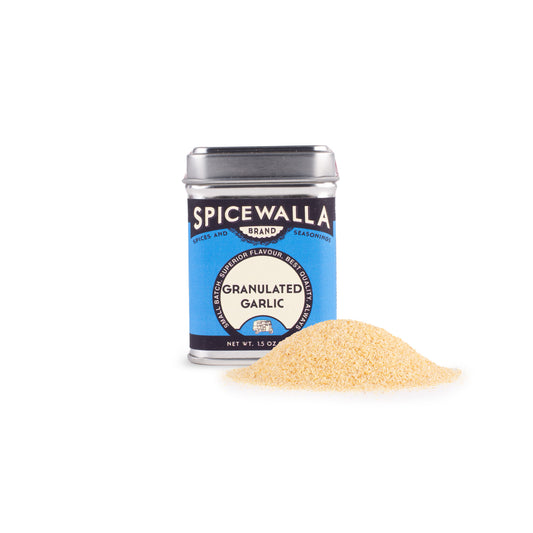

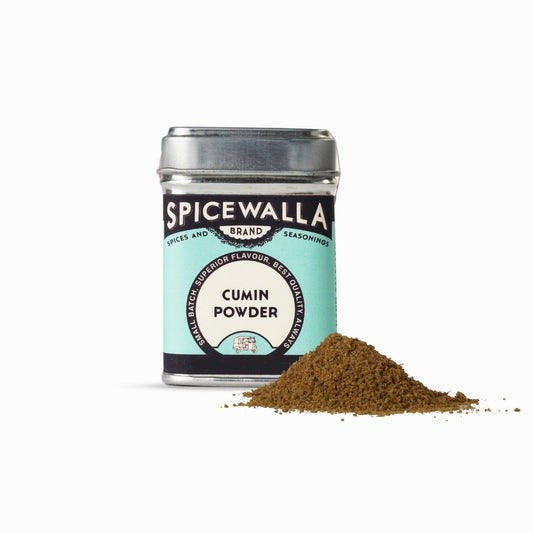
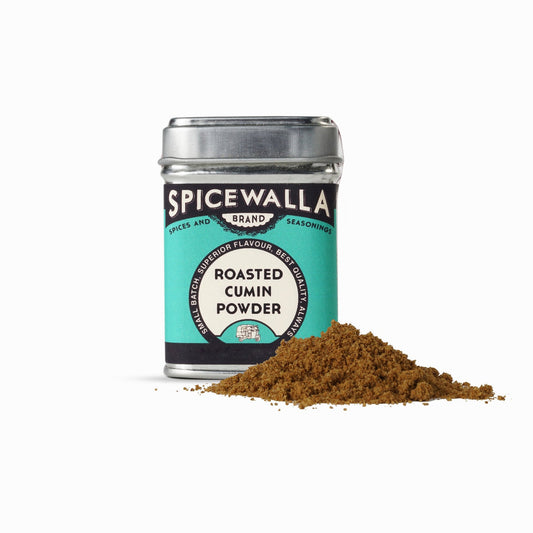
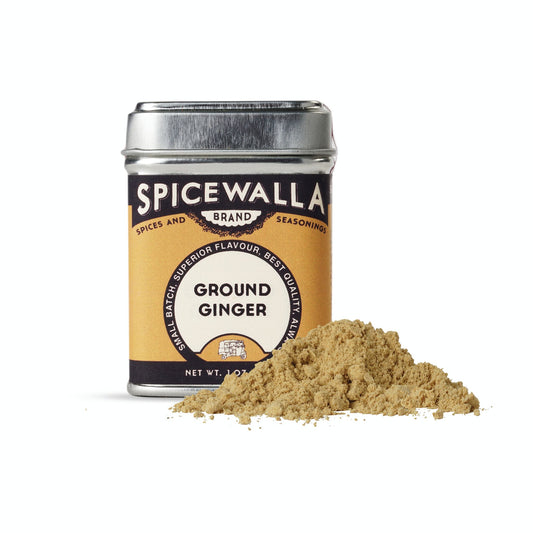

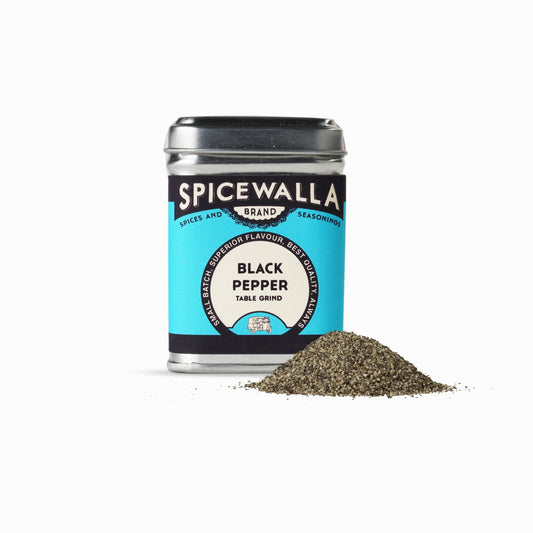


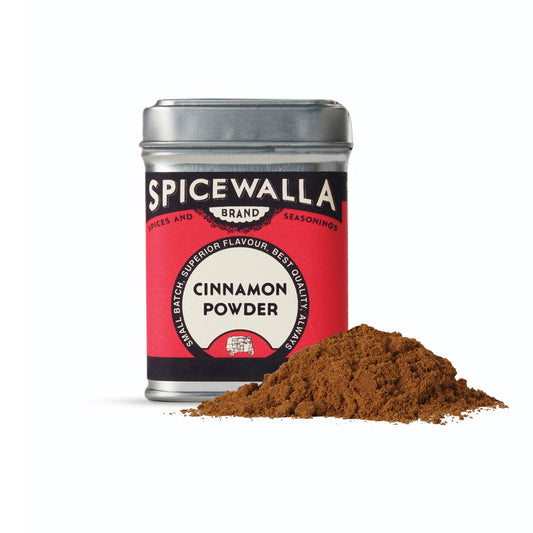

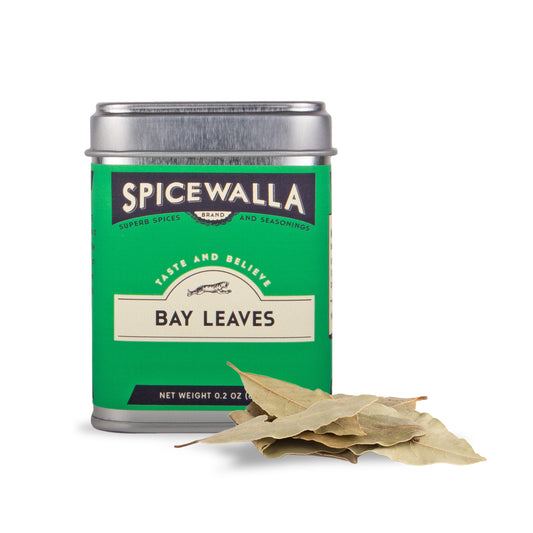
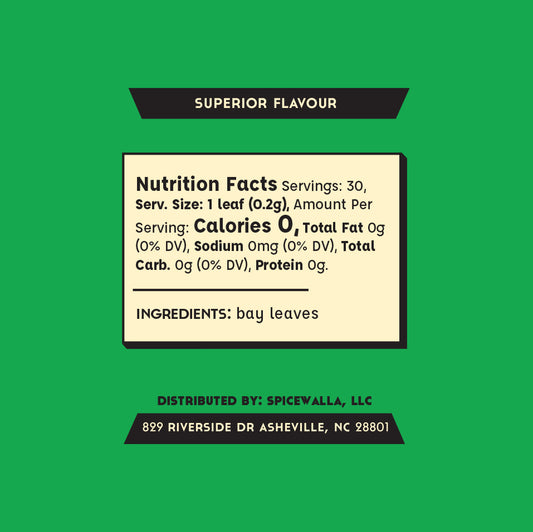
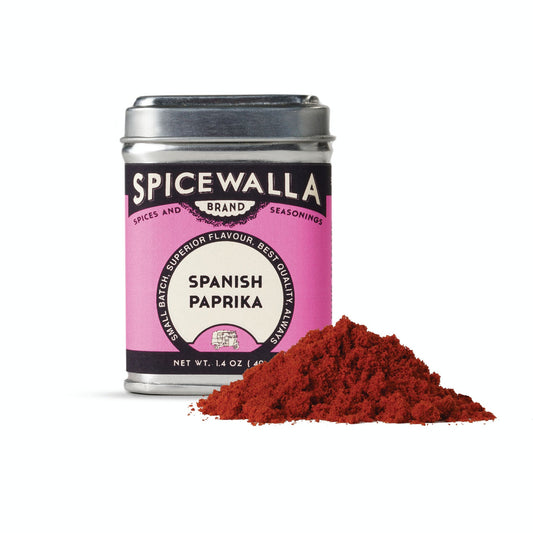
2 comments
Love the suggestions. I have been cooking for many, many years, but there is always something new to learn. Understanding spices is so important to great food.
Love this article -I do wish you would make a shawarma spice mix-turmeric, paprika, cumin, cinnamon, black pepper, and garlic. I know it would be amazing!